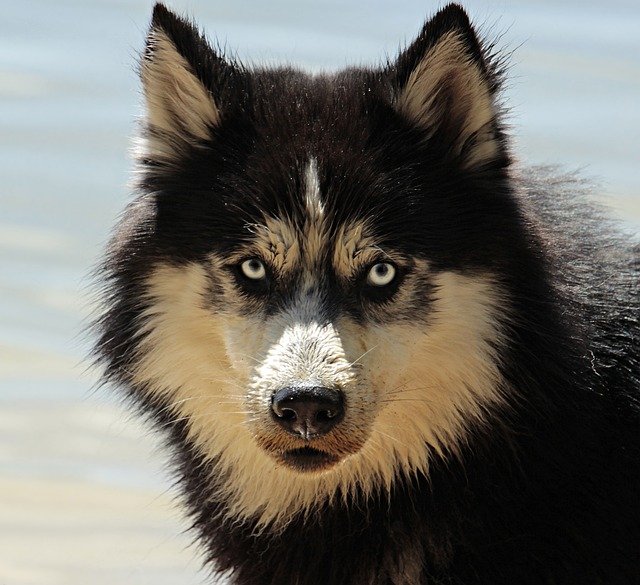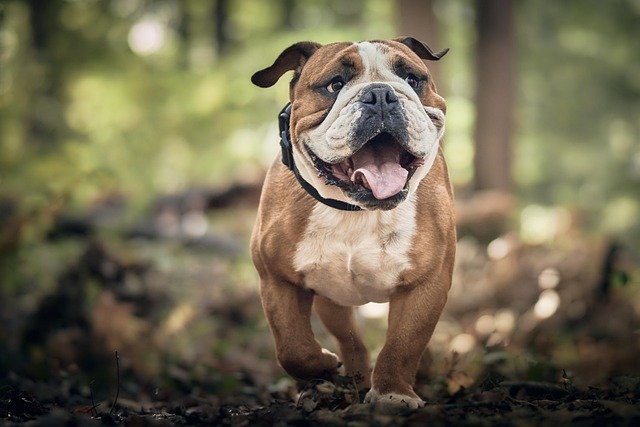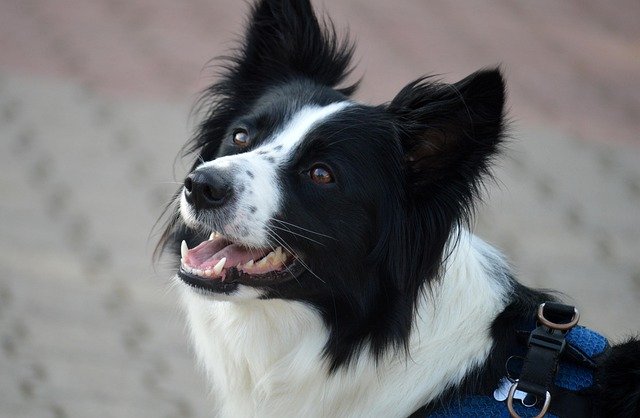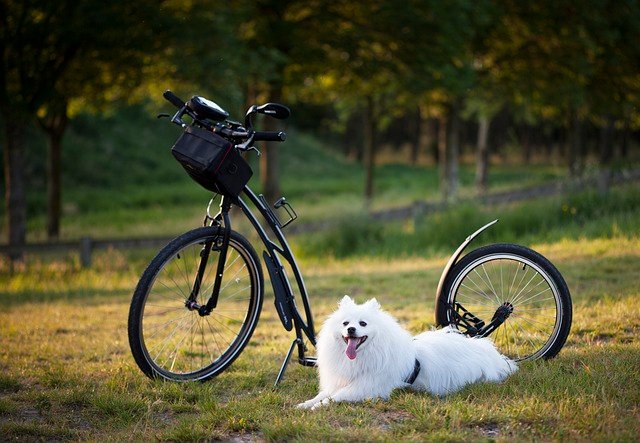Life-Changing Positive Reinforcement Techniques for Aggressive Dogs (2025 Guide)
Estimated reading time: 8 minutes

Key Takeaways
- Aggression in dogs is often rooted in fear, stress, or territorial instincts—not dominance.
- Positive reinforcement builds trust and creates lasting behavior changes without punishment.
- 2025 methods include counter-conditioning, desensitization, clicker training, and the “Look at That” game.
- Avoid punishment, flooding, and inconsistent training to prevent worsening aggression.
- Additional solutions include calming tools, proper exercise, diet, and professional help when needed.
Table of Contents
- Introduction
- Understanding Dog Aggression
- Why Positive Reinforcement Works Best (2025 Updates)
- Safe & Effective Positive Reinforcement Techniques (2025 Methods)
- Common Mistakes to Avoid
- Additional 2025 Dog Behavior Solutions
- Conclusion
- Frequently Asked Questions
Introduction
Does your dog growl, snap, or lunge at people or other pets? You’re not alone. Aggression in dogs—whether from fear, frustration, or territorial instincts—is a common but fixable issue.
In 2025, dog training has evolved. Harsh, outdated methods are replaced by safe, science-backed positive reinforcement techniques for aggressive dogs. These methods build trust, reduce fear, and create lasting behavior changes—without punishment.
This guide covers the best 2025 dog behavior solutions to help your furry friend stay calm and confident.
Understanding Dog Aggression
Aggression isn’t about dominance—it’s often fear or stress. Common types include:
- Leash aggression (reactivity toward other dogs/people on walks).
- Fear-based aggression (barking or biting when scared).
- Resource guarding (protecting food, toys, or space).
Signs of aggression:
- Growling or snarling
- Stiff body posture
- Lunging or snapping
If your dog shows severe aggression, consult a professional trainer or vet for help. For more on decoding aggressive behaviors, explore our guide on understanding dog communication.
Why Positive Reinforcement Works Best (2025 Updates)

Positive reinforcement rewards good behavior—like staying calm—with treats, praise, or play. Unlike punishment, it builds trust and makes learning fun.
2025 Science-Backed Benefits:
- Reduces fear (punishment worsens anxiety).
- Strengthens your bond (dogs learn to trust you).
- Works faster (dogs repeat rewarded behaviors).
“Positive reinforcement teaches dogs how to be calmer and confident.” – Michael’s Dogs
For foundational training tips, check out our Ultimate Guide to Pet Training.
Safe & Effective Positive Reinforcement Techniques (2025 Methods)
Here are the top positive reinforcement techniques for aggressive dogs in 2025:
1. Counter-Conditioning
- How it works: Pair scary things (like strangers) with treats.
- Example: If your dog barks at other dogs, give treats when they stay calm.
2. Desensitization
- How it works: Slowly expose your dog to triggers at a safe distance.
- Example: If they fear loud noises, start with quiet sounds and reward calmness.
3. Clicker Training
- How it works: Use a clicker to mark good behavior, then reward.
- Example: Click when your dog sits calmly, then give a treat.
4. “Look at That” (LAT) Game
- How it works: Reward your dog for looking at a trigger, then looking away.
- Example: If they react to bikes, praise them when they glance and disengage.
Safety tip: Use a muzzle or leash if needed for high-risk situations. For more on managing anxiety, see our pet mental health guide.
Common Mistakes to Avoid
- Punishment (yelling, leash jerks) → Makes aggression worse.
- Flooding (forcing scary situations) → Increases fear.
- Inconsistent training → Confuses your dog.
Patience is key! Progress takes time. Struggling with puppy training? Our how to train a puppy guide offers step-by-step help.
Additional 2025 Dog Behavior Solutions

- Calming tools: Anxiety wraps, pheromone diffusers.
- Exercise & diet: A tired dog is a happy dog! Optimize nutrition with our pet nutrition guide.
- Professional help: For severe cases, a behaviorist can help.
Conclusion
Aggression doesn’t have to be permanent. With positive reinforcement techniques for aggressive dogs (2025), you can help your dog feel safe and confident.
Key takeaways:
- Reward calm behavior (treats, praise, play).
- Avoid punishment (it increases fear).
- Stay patient—progress takes time.
Need extra help? Reach out to a certified dog trainer. Your dog’s transformation starts today!
Frequently Asked Questions
What causes dog aggression?
Aggression often stems from fear, stress, or territorial instincts. It can also be triggered by past trauma, lack of socialization, or medical issues.
How long does training take?
Progress varies by dog and consistency of training. Some dogs show improvement in weeks, while others may take months. Patience and consistency are crucial.
When to seek professional help?
If your dog shows severe aggression (biting, intense fear), consult a certified behaviorist or vet immediately. Safety for both you and your pet is the priority.
